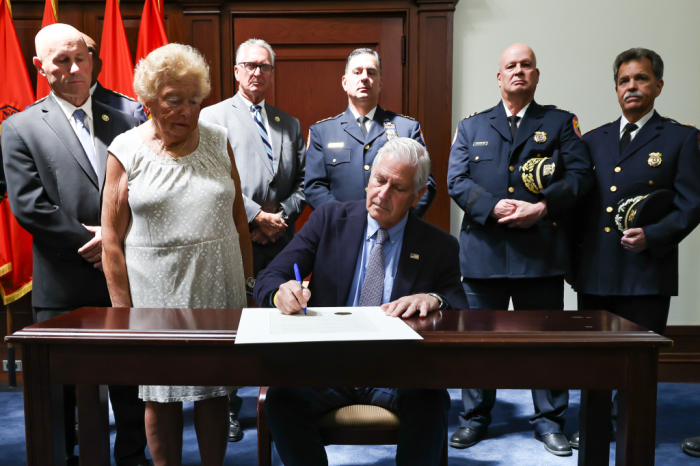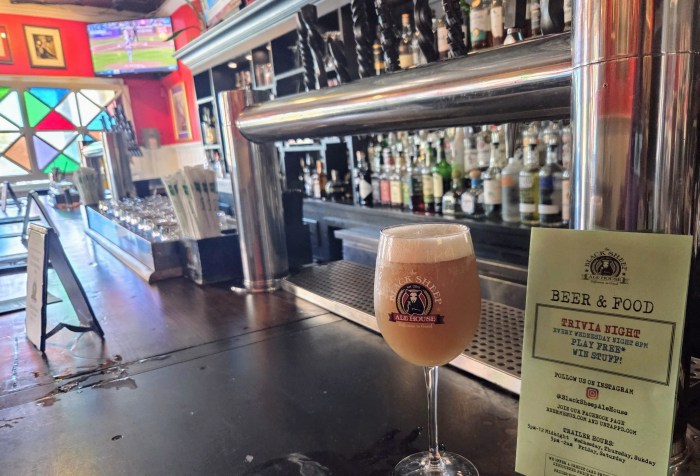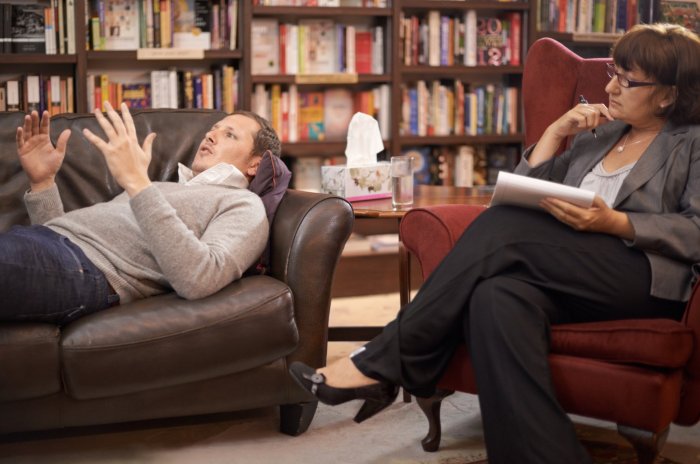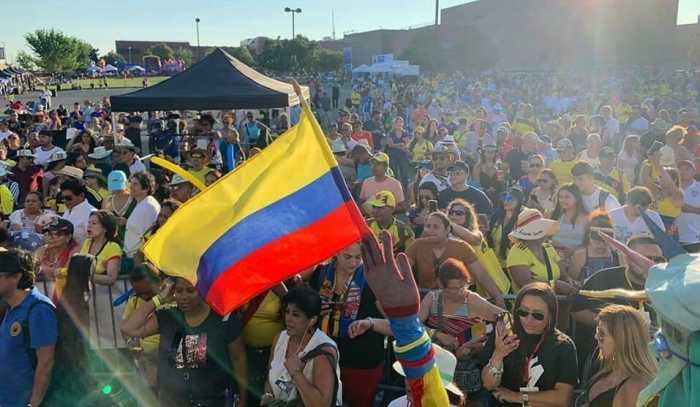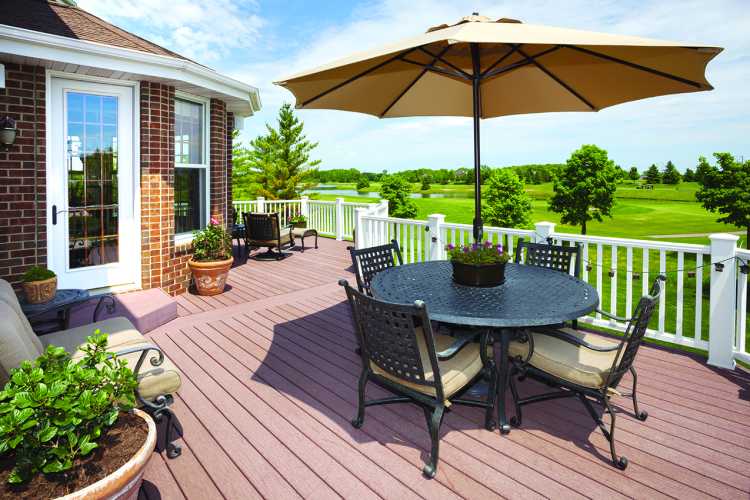
Why toss the bouquet when you can keep it forever?
Instead of fresh-cut flowers, many brides like Vivrette are making or buying alternatives out of fabric, paper and even old brooches. The results can be stunning — colorful paper hydrangeas, sparkling brooches, even quirky buttons, hundreds of them, forming a bouquet.
It’s a way to personalize a wedding, and turn what can be a costly, one-time expenditure into a family keepsake.
It also can mean a lot of work. Vivrette, of Oakland, Calif., began working seriously on her project six weeks out and finished the day before her wedding.
Part of the fun was that the process became a family affair: One friend helped knit; two helped assemble the pieces into boutonnieres and corsages; and Vivrette’s mother inserted and sewed wire into the flower stems so the bouquet could hold its shape.
In all, they made 26 full flowers and 11 boutonnieres or corsages.
“I definitely feel more loved and connected to them in my wedding memories than I might have if I had just ordered flowers from a florist,” Vivrette said.
Some brides choose an alternative bouquet to save money. Flowers for the average wedding can cost more than $2,000, according to The Wedding Report, which tracks industry spending. Of that, the bridal bouquet runs on average $132; it and the other bouquets, boutonnieres and corsages often add up to more than $400.
Beyond cost, however, brides might choose an alternative to the traditional bouquet to express their individuality, go lighter on the environment, or continue or establish a family tradition.
All of those factors influenced Karyn Thurston’s decision to crochet flowers for her wedding in Portland, Ore., in February 2011. Thurston grew up seeing the fabric flowers her mother had made for her own wedding and displayed at home. An avid knitter, Thurston also wanted to avoid having flowers shipped to her winter wedding.
Over four months, she crocheted flowers for her wedding party of 12 people, including her own bouquet — a mix of golden yellow, rusty orange and a deep gray blue. The time she devoted to the project gave her a chance to reflect.
“As I was going through the process of making flowers, thinking about my hopes for the wedding and our marriage, I was crocheting all that intention into these flowers,” she said.
The Internet is awash in patterns, tutorials and how-to videos for making bouquets out of things besides fresh flowers. And if crafting’s not for you, you can find handmade wares on sites such as Etsy.com, where prices range from $50 for simple silk bouquets to well over $600 for custom brooch bouquets.
Some popular bouquet options:
— Knit/Crochet — Tiny stitches, an assortment of colors and easy-to-follow patterns can turn yarn into gorgeous keepsakes. Novices to experienced knitters can find patterns to suit their skills. Because the flowers are small, you can make a lot out of just a few skeins of yarn. Thurston spent under $100 for yarn for the flowers for her entire wedding party, including wrist corsages and flower headbands, bouquets and boutonnieres. Yarn stores also have patterns, and knitters to help guide you. Many patterns online are free. On Ravelry.com — a networking site for knitters and crocheters — there are more than 2,600 free flower patterns.
— Fabric/Felt — Like wedding dresses, fabric flowers can keep for years. And they can be made in many ways. Make flowers out of silk and burn the edges slightly to curl them for a natural look. Have a favorite fabric designer? Take the vibrant floral patterns found on, say, Liberty of London fabrics and incorporate that into your wedding. A bonus: Many of the patterns for fabric flowers online don’t even require sewing. Felt — a thicker form of fabric — works well too for flowers because it holds its shape. You can buy felt in dozens of shades and thicknesses. Or, like Vivrette, you can essentially make your own felt by knitting flowers and then washing them in hot water. That process, called “felting,” creates a thicker, tighter fabric, akin to what happens when you shrink a sweater.
— Paper — Often, all that’s required is the paper, a pair of good scissors and glue. Use recycled books, crumple up tissue paper or fold paper with origami techniques. Online, ready-made paper bouquets are among the less expensive options — sometimes as little as $30 — because paper is relatively cheap. Want to make your own? Martha Stewart has a gallery of 20 different types of paper flowers, with directions, from peonies and dahlias to roses made out of coffee filters and accented with water color paint.
— Brooches/Buttons — To get “something old” into your ceremony and add some sparkle too, try incorporating family heirloom brooches or old buttons. Scour thrift stores or ask relatives for contributions. Some brides even assemble a brooch bouquet as they walk down the aisle, having family members reach out and contribute pieces. Or buy online: The Blue Petyl website, for example, has dozens of combinations of brooches, buttons, pearls and more, from about $100 to $500.
— Buy a kit — Bridal designer Princess Lasertron sells a felted flower kit for bridal bouquets for $140. To outfit bridesmaids too, a larger kit is available for $420. Paper Source has kits for roses, daffodils, magnolias and more; you can make nine red roses for less than $20.





